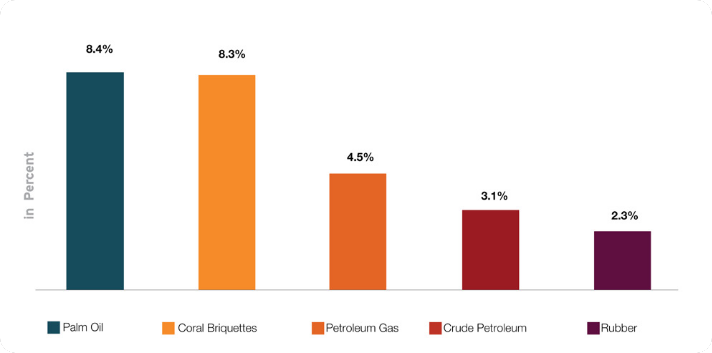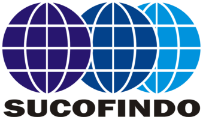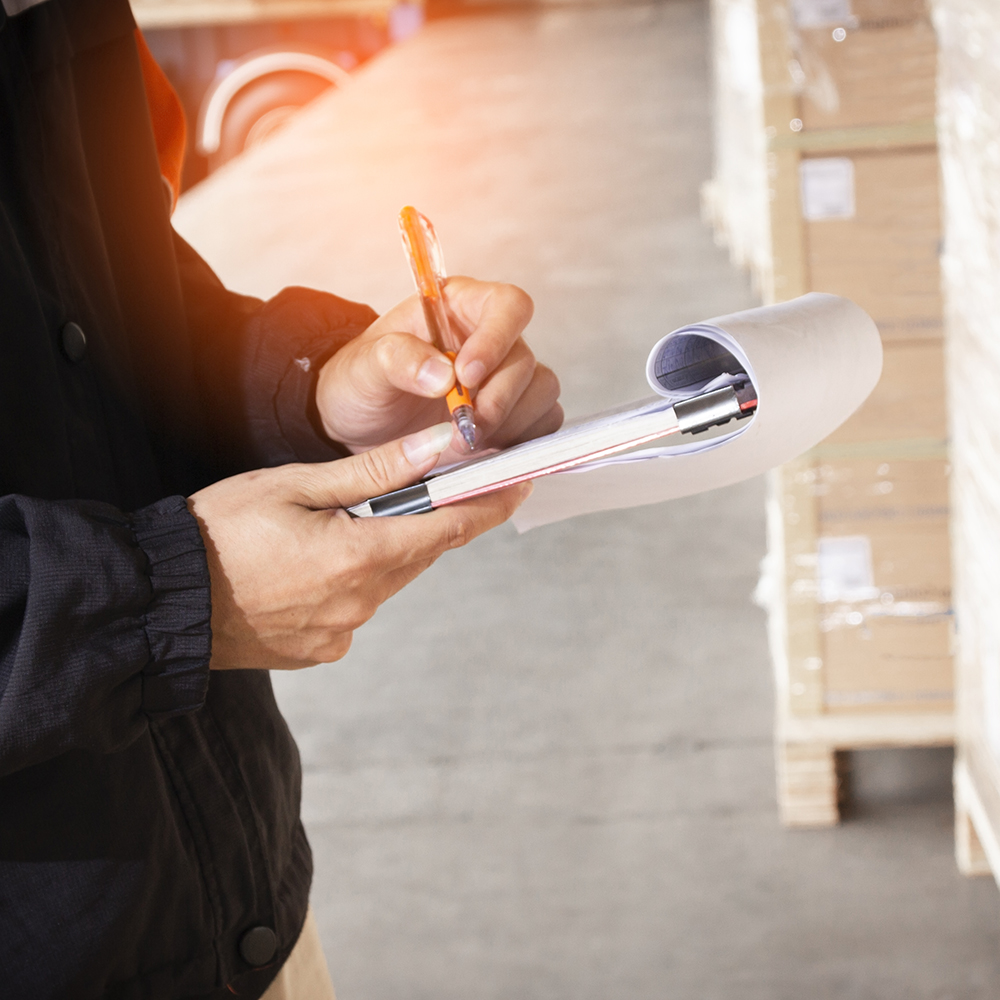Indonesia Overview
Spread across more than 17,500 islands, the Indonesian archipelago is a pivotal trading hub in Southeast Asia. The island country borders Malaysia, Timor-Leste, and Papua New Guinea by land, and Christmas Island, India, the Philippines, Singapore, Thailand, Vietnam, Australia and Palau by sea. Indonesia may not be as big in land mass and population as China, but it is in every other sense of the word because of its limitless opportunities for businesses-large and small alike. Here we take a look at Indonesia and why you should consider this vibrant market for exports and sourcing products.
Know MoreGrowth Prospects
According to World Bank, Indonesia continues to post significant economic growth. The Central Intelligence Agency(CIA) goes on to say, "During the global financial crisis, Indonesia outperformed its regional neighbors and joined CHina and India as the only G20 members posting growth". Most of Indonesia's success is largely homegrown. Meaning, domestic consumption(roughly 60%) has enabled Indonesia to grow faster than its neighbors, such as Singapore, whose economy is more dependent on import/export trade and therefore more vulnerable to slowing export demand. Indonesian exports are worth about 25% of the country's economy.
Know More
Indonesia's exports to the world are
Mineral fuels and
distillation products
Animal, Vegetable
fats and Oils
Machinery, Nuclear
Reactors and boilers
Electrical,
electronic equipment
Rubber and
Rubber articles
Footwear, gaiters
and parts etc
Indonesia Export Snapshop
With yearly exports of $140 billion, Indonesia is currently ranked the 22nd largest export economy in the world, and it enjoys a positive trade balance of $8.07 billion after deducting annual imports of $132 billion. The current GDP of Indonesia is $932 billion, which means that their GDP per capita is $11,600.

Indonesia Exports
With yearly exports of $140 billion, Indonesia is currently ranked the 22nd largest export economy in the world, and it enjoys a positive trade balance of $8.07 billion after deducting annual imports of $132 billion. The current GDP of Indonesia is $932 billion, which means that their GDP per capita is $11,600.
China
(US$16.8 billion)
United States
(US$16.2 billion)
Japan
(US$16.2 billion)
India
(US$10.1billion)
Singapore
(US$11.2 billion)
Export Requirements
Exporters too must first obtain a NIK to carry out export activities. In addition, exporting companies must already have a taxpayer identification number (NPWP) and one of the following business licenses: Trade license (SIUP) from the Ministry of Trade; Manufacturing license from the Ministry of INdustry, or other licenses issued by the relevant authority; PMA license issued by the Investment Coordinating Board(BKP); or Exporter Identification Number(APE).
Know MoreBest Product
According to World Bank, Indonesia continues to post significant economic growth. The Central Intelligence Agency (CIA) goes on to say, "During the global financial crisis, Indonesia outperformed its regional neighbors and joined China and India as the only G20 members posting growth".

Inspection
European buyers or importers might request a pre-shipment inspection by a third party, in order to determine whether the goods are ready to be exported. There a number of companies providing this service, such as:



Import Tariff and Taxes
Customs duties in Indonesia vary from 0 to 170 percent, with most imported items attracting duties in the range of 0 to 15 percent. The amount of duty depends on the type of goods imported, based on the product's HS code. An import sales tax is imposed on imports at point of entry (except for those goods considered essential by the government) at rates within the range of 5 and 30 percent.
Furthermore, Indonesia is committed to the ASEAN Free Trade Agreement within which duties on imports from the member countries generally range form 0 to 5 percent, except for products specified on exclusion lists.

Indonesia in Free Trade Agreements
Indonesia is a member of the Association of Southeast ASian Nations (ASEAN). It became a unified Economic Community through its ASEAN Free Trade Area (AFTA) launched at the end of 2015. With the aim of lowering intra-regional tariffs between the members through a common Effective Preferential Tariff (CEPT) Scheme, ASEAN Member Countries have agreed to set the tariff for intra-AFTA trade between 0% and 5%.
Know MoreTrade Tariffs and Duty Relief
A trade tariff is a tax or duty placed on goods crossing political borders(or Customs Unions). Import tariffs are the most common barriers, involving a tax being levied on products entering from another country. It is possible to check in advance the duty that applies to a given product and the required documents for the importation process to the EU. The EU Export Helpdesk has a broad and up-to-date livrary of procedures and requirements for export that apply in Indonesia.
The EU's Binding Tariff Information (BTI) system can help you identify the right tariff classification for the goods you intend to export. To obtain the product's tariff inforation, the importer must apply to the customs authorities of the EU country he/she wishes to export to. Common customs tariff duties are applicable to all goods imported into the EU.
International Standards
It is an agreement in General Agreement on Tariffs and Trade (GATT) which regulates the obstacles in relation to technical regulation, standard and conformity assessment. The purpose is to prevent the excessive use of standard and technical regulations (technical obstacles).
